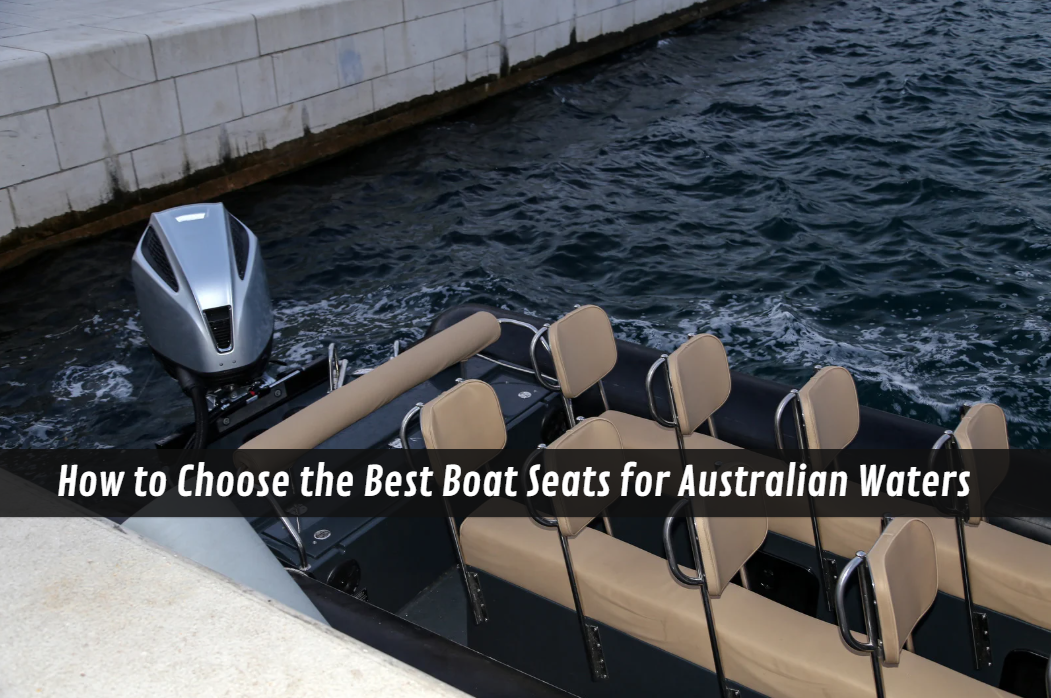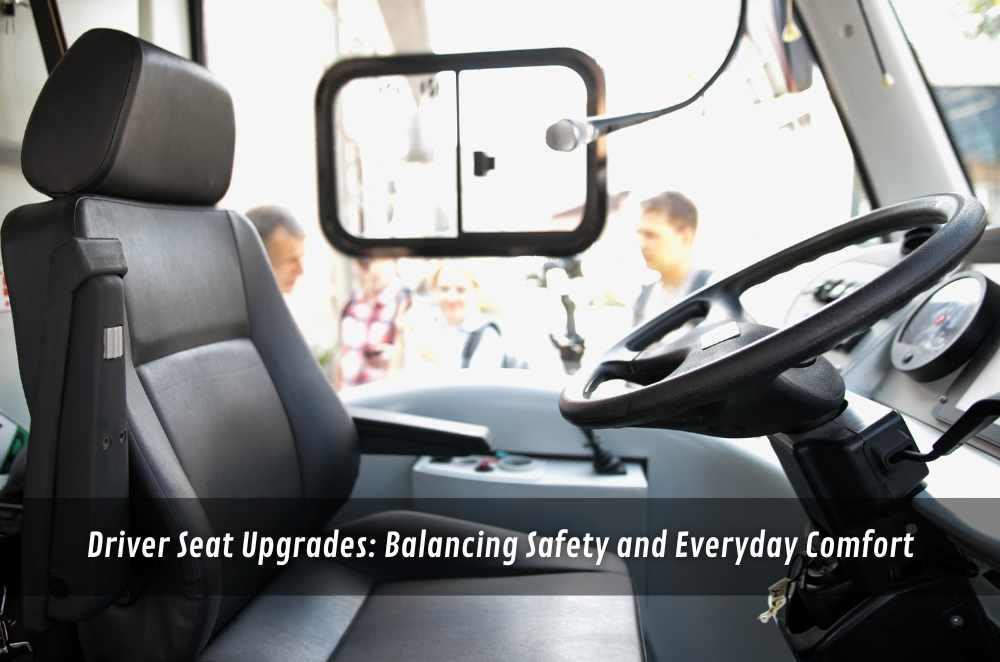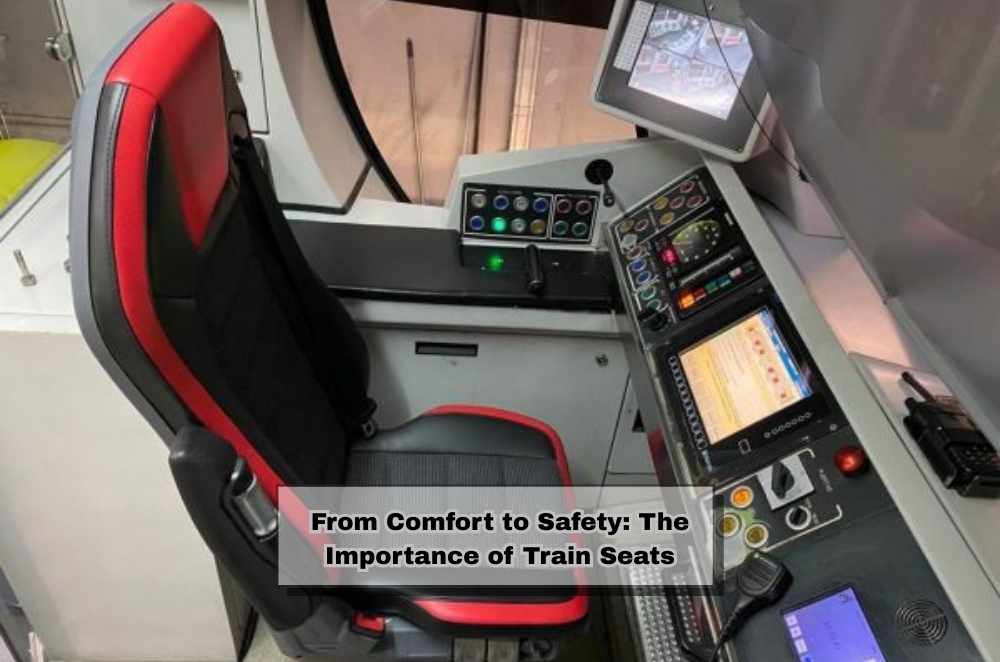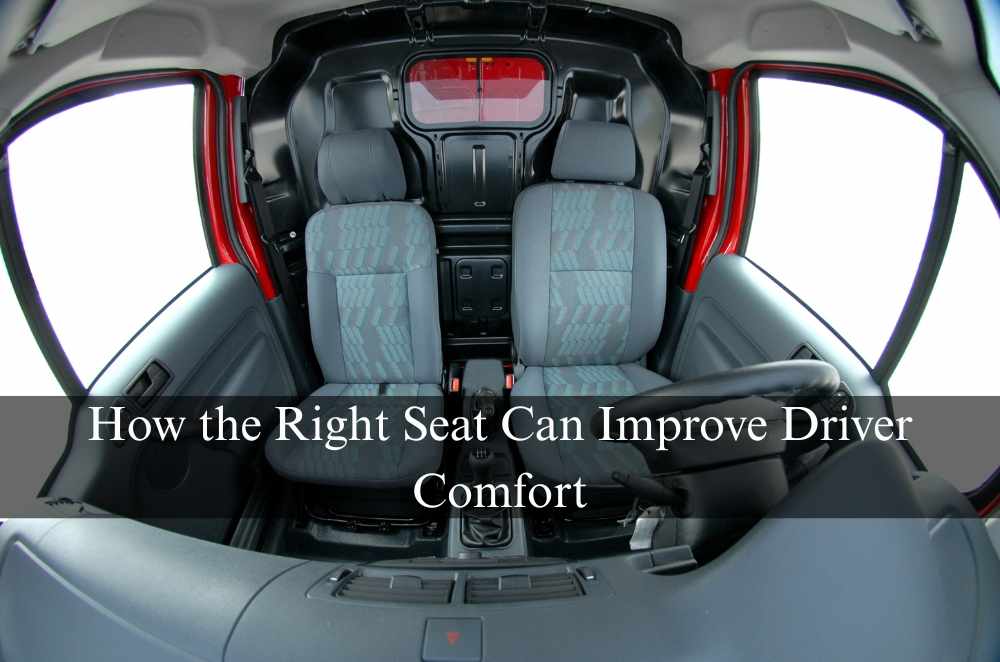
First shift after a wet front and the highway felt longer than usual—diesel hum, spray off the tyres, and a small ache building at the base of the spine. That’s the moment when seat design stops being “nice-to-have” and becomes part of how you drive safely for hours on end. The right base foam, suspension, and lumbar geometry can steady your posture, keep your hips level, and cut the tiny corrections that tire you out by dusk. If you’re mapping upgrades, start with the seat, then adjust the cabin around it—wheel, pedals, and mirrors—in that order. A practical shortlist of ergonomic truck seating solutions helps you focus on what truly changes comfort and control rather than chasing features you won’t use.
Why ergonomics matters on long routes
Small posture errors compound over distance; they change how you brake, scan mirrors, and handle crosswinds. A well-tuned seat anchors the entire driving position.
Load distribution: Even support across the ischial bones and thighs reduces pressure hot spots and tingling that steals focus after an hour.
Pelvic neutrality: A slight anterior tilt helps the lumbar curve hold its shape, keeping discs from compressing on corrugated or patched sections.
Vibration damping: Mechanical or air suspension absorbs road buzz so fewer shocks reach the lower back, shoulders, and neck over the shift.
Reach and control: When the seat sets your hip point correctly, steering inputs stay precise and braking effort feels consistent across the day.
The pay-off is subtle but real: steadier vision, calmer handwork, and less fidgeting as the kilometres stack up. Good ergonomics doesn’t just feel better—it supports safer decisions when conditions turn unpredictable.
Setting up fundamentals for a safer cab position
Before adding extras, lock in the base geometry. Five quiet minutes at the depot can save hours of discomfort on the open road.
Seat height: Hips level with or slightly above knees, so the pelvis isn’t rolling back and flattening the lower spine under load.
Seat depth: Two fingers’ space behind the knees to keep blood flow free and avoid sliding forward as the cushion compresses.
Lumbar contour: Lower pad contacts the natural curve, not the mid-back; too high pushes the ribs and makes breathing shallow.
Wheel and pedals: Elbows bent and shoulders relaxed, with pedals reached through the ankles rather than stretching from the hips.
Comfort is only useful if it supports alertness and control. For step-by-step positioning guidance in plain language, NSW’s road safety page on driving posture shows the adjustments that matter most on real roads.
Seat features that actually reduce fatigue
Marketing language can blur what’s essential. Focus on parts that change how your body handles vibration, reach, and micro-movements.
Suspension system: Air or mechanical suspension that tracks road undulations without “pogoing,” with weight adjustment easy to reach while seated.
Cushion design: Dual-density foam or gel zones that resist bottoming out and keep the pelvis stable through braking and lane changes.
Adjustability array: Independent height, tilt, seat-pan angle, and lumbar settings that lock firmly so nothing creeps mid-shift.
Breathable finishes: Fabrics that wick and dry fast; less sweat means fewer posture shifts to chase comfort on humid days.
If you want a walk-through of how these features play out on daily runs, this overview of truck driver seats keeps the focus on what affects fatigue and control rather than chasing spec sheets.
Procurement, maintenance, and small habits that pay off
A great seat underperforms without simple, repeatable habits. Procurement choices and daily care decide how long the benefits last.
Fit testing: Trial installs or depot demos confirm seat travel, cushion fit, and armrest clearance with your typical driving footwear and jacket.
Service schedule: Periodic checks of dampers, slides, and air bladders keep motion smooth; a dry slide turns every bump into extra effort.
Cabin alignment: After seat install, reset wheel, mirror, and pedal positions so the new hip point keeps joints neutral across the week.
Operator checklist: A two-minute pre-shift routine—height, lumbar, tilt, belt anchor—prevents the “I’ll fix it later” posture drift.
For fleet planners weighing changeovers and cost of downtime, neutral takes on ergonomic truck seats cover why reliability, adjustability, and parts support usually beat niche features in the long run.
A short case from the road (what changed after one swap)
Two drivers, similar routes, different aches. The first reported a low, dull back pain by the third hour and a habit of sliding forward on descents. The fix started with the seat pan: a deeper base with firmer front edge stopped the slow creep, and a gentle anterior tilt let the lumbar curve take load naturally. Suspension was set to body weight, which cut the constant, jittery corrections that had crept into steering. The second driver wasn’t sore, just fatigued; the upper back and shoulders worked too hard holding the wheel. Here, bringing the hip point up, moving the wheel closer, and setting a softer lumbar contact reduced reach and let hands rest without losing precision. Both kept the same pre-trip checklist for a fortnight, noting comfort at one-hour intervals. The headline wasn’t luxury; it was predictability—less fidgeting, steadier scan patterns, and calm braking even when the road surface turned rough after rain. Small adjustments, anchored by the right seat, carried the day.









Write a comment ...